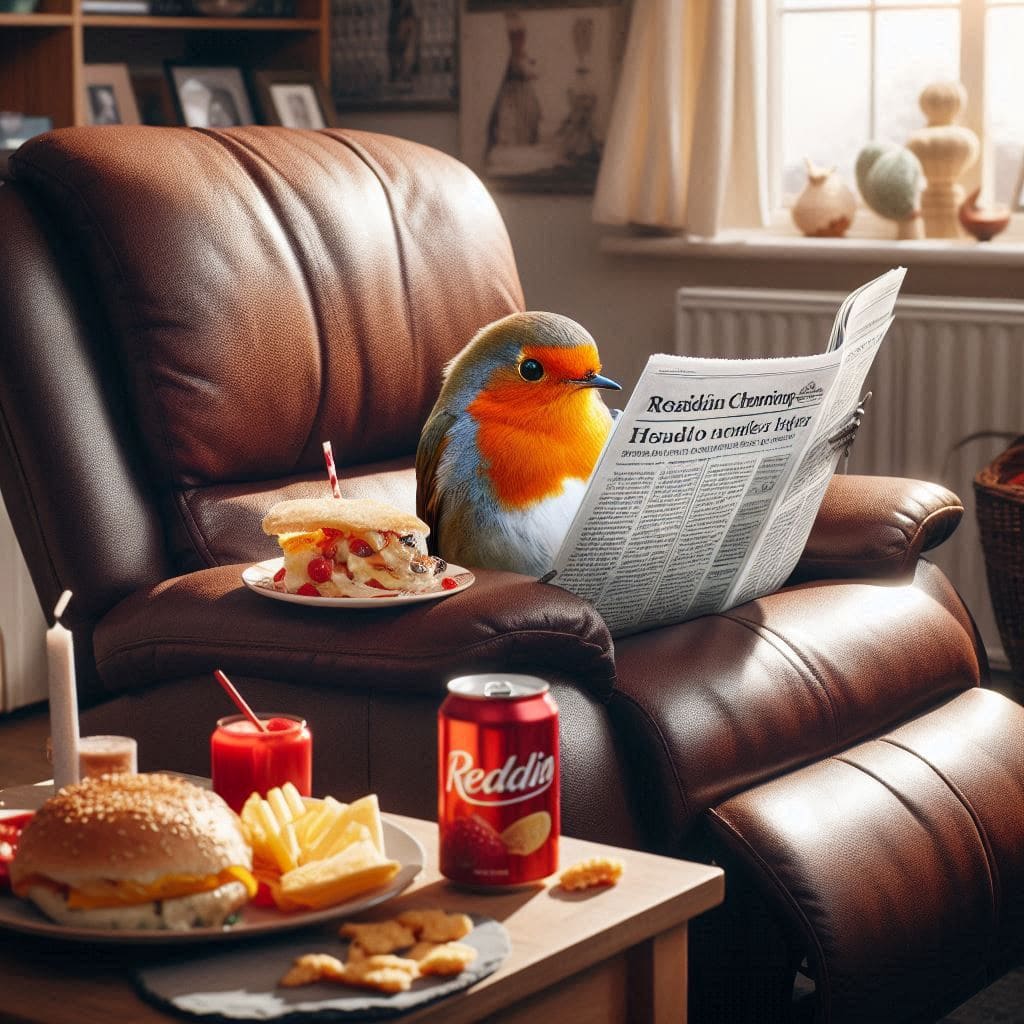The products can cost teens time, money, and health concerns
-
Lengthy and costly skincare routines have become one of the latest TikTok crazes, and a new study found that they actually put teens at a greater risk of skin irritation and allergies.
-
Researchers worry about the messaging these types of videos send both explicitly and subtly.
-
Experts share that a basic skincare routine of a gentle cleanser, moisturizer, and sunscreen is suitable for teen skin.
A new study conducted by researchers from Northwestern University explored the world of TikTok skincare trends which can sometimes consist of a dozen products and run shoppers hundreds of dollars.
Researchers found that teens who closely follow the latest skincare trends on TikTok trends are at a higher risk of developing skin allergies.
That high risk of irritation came from both using multiple active ingredients at the same time, such as hydroxy acids, as well as applying the same active ingredient unknowingly over and over again when that active ingredient was found in three, four, five different products, researcher Dr. Molly Halessaidin a news release.
The Study
Dermatologist Dr.Molly Hales and medical sociologist Dr.Tara Lagu set out to explore what teens are actually doing on TikTok.
They created TikTok accounts pretending to be 13-year-olds and let the algorithm fill their feeds with skincare videos that had labels like Get Ready With Me or Skincare Routine. Over time, they gathered 100 videos from creators aged 7 to 18, almost all girls.
For each clip, they noted how many products were used, the price tag, and the ingredients. They then matched active ingredients like citric acids, retinols, and hydroxy acids to a dermatologists patch-testing list to see which ones could irritate or sensitize skin.
Results & Takeaways
The main findings can be broken down as follows:
-
Too many products, too much risk. On average, the teens used six different products per routine and some went over 12. This layering can overwhelm young, sensitive skin. On top of that, many products featured ingredients that can cause sun sensitivity, redness, or allergic reactions. The researchers also found that most of the products aimed at children without acne carry a risk of skin irritation and damage that likely outweigh any potential benefits of the active ingredients, which are primarily used for their anti-aging effects.
-
Pricey habits. These routines aren't cheap. On average, they cost about $168/month and some soared past $500. Teens are investing big money into skincare routines that may actually damage their skin.
-
Missed sunscreen. Only about 26% of daytime routines included sunscreen. The researchers explained that this can be problematic because many of the active ingredients used in the products can make the skin more sensitive to UV rays.
-
Beauty standards and social messaging. There's another layer here: societal expectations. Many videos imply that good skin means lighter and poreless with subtle nods to whiteness and thinness as beauty markers.
We saw that there was preferential, encoded racial language in some cases that really emphasized lighter, brighter skin, Dr. Lagu said. I think there also were real associations between use of these regimens and consumerism.
What It Means for Parents & Teens
It seems as though these trends are here to stay, and its important for parents to address some of these concerns with their teens and for teens to not fall prey to hard-to-achieve beauty standards often shown in these videos.
Based on the findings, the researchers recommend:
-
Keep it simple: A basic skincare routine of a gentle cleanser, a moisturizer, and sunscreen is often all thats needed during adolescent and teen years.
-
Read labels: Watch for overlapping active ingredients (like acids or retinoids) across products they can irritate sensitive teen skin.
-
Sunscreen is non-negotiable: This is especially true if you're using ingredients that boost sun sensitivity.
-
Think critically about trends: Those viral videos are made to grab attention and yes, sell stuff. Theyre not always grounded in science or suited for young skin.
It's problematic to show girls devoting this much time and attention to their skin, Dr. Hales said. We're setting a very high standard for these girls. The pursuit of health has become a kind of virtue in our society, but the ideal of health is also very wrapped up in ideals of beauty, thinness, and whiteness. The insidious thing about skin care is that it claims to be about health.
Learn more here:
Posted: 2025-06-09 18:44:36















